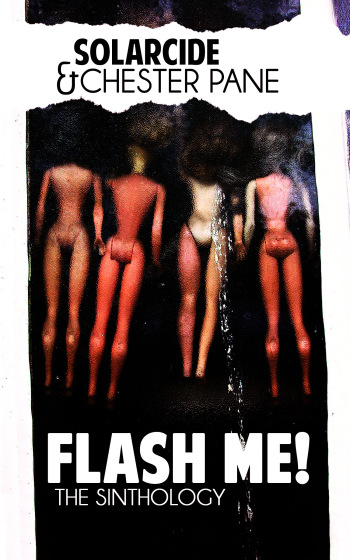In Game of Thrones and the rest of the Song of Ice and Fire series we know that he is not kind to those that hold the title of King’s Hand, for sure. But I’m talking about actual hand injuries and arm injuries. Have you ever noticed how many injuries to those extremities are inflicted upon characters?
For some reason, I have. And for some further unknown reason, I have decided to make a list. And here they are, in no particular order: SPOILERS FOLLOW!!!
- Jon Snow burns his hand on a lantern when fighting a white walker.
- Caitlin Stark cuts her hands on a knife while defending herself from Bran’s assassin.
- Theon Greyjoy has his finger flayed by a Bolton.
- Sandor “the Dog” Clegene gets his arm burnt white fighting Beric Dondarrian.
- Great John Umber gets his fingers bit off by Grey Wind.
- Davos had parts of his fingers cut off by Stannis.
- Jaime Lannister gets his hand cut off by Vargo Hoat.
- Qhorin Halfhand, you guessed it, has half a hand due to a Wildling axe.
- Victarion Greyjoy injures his hand in a duel. Then has a weird mage set it on fire to heal it.
- Ghost finds a lone hand in the woods, leading the Night’s Watch to a two corpses.
- Arya gets her hands scratched up pretty good while trying to catch cats.
- Urrigon Greyjoy lost half a handplaying The Finger Dance, the axe game of the Iron Islands. (Countless hands and fingers have been lost by people playing that game…)
- Lady Hornwood chews off her own fingers because her dear husband, Ramsey Bolton, locked her in a tower with no food.
- Marillion the singer confesses to killing Lysa Arryn, and as punishment gets a few fingers cut off.
- Narbo, a theif in Braavos, gets stabbed in the hand a prostitute, losing the use of three of his fingers. Poor guy can’t pickpocket anymore!
- Tanselle had her finger broken by Prince Aerion in The Hedge Knight.
- Way back when, some guy named Silver Denys tried to tame the wild dragon Sheepstealer, and got his arm bit off in the process.
- Lancel Lannister obtains an arm injury in the Battle of Blackwater Bay. It turns him religious.
- Nymeria bites Little Shit Joffrey’s arm, hopefully inflicting great pain.
There are probably many more! Maybe some day I’ll create a comprehensive list. It will be the most useless Game of Thrones list ever. If you would like to contribute any I missed, please leave your suggestions in the comments.
Also, I found an appropriate Q+A from Mr. Martin in this interview:
I have a question that’s been bothering me for six books now – what’s with hands? How come characters keep getting hand injuries?
GRRM: Well, actually hand injuries were very common in the Middle Ages. When you fight with swords and axes and do a lot of hand labour, you get a lot of hand injuries. In fact, even leaving out the swords and axes you get a lot of hand injuries. my father was a longshoreman, a stevedore, and I know they would always get hand injuries. They would wear protective gloves, but they would still get injuries. There are other touches of realism; my characters who fight in repeated battles in these books tend to get scars. They lose noses and ears and become disfigured, and that’s a consequence of those battles. That’s where the icon of the Scarred Warrior comes from. Every time you go into a fight you risk emerging a little less pretty than when you went in.
